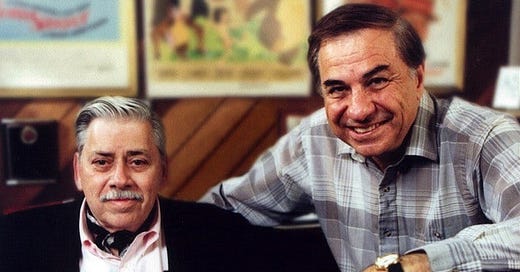Walt Disney deserves to have good movies, both fiction and nonfiction, made about him. The company he built is one of the most potent cultural forces on Earth. The man himself had a fascinating personal history. But there is a frustrating lack of good cinema about him, and that is due to his continued influence in the industry. The Walt Disney Company i…
Keep reading with a 7-day free trial
Subscribe to Nonfics to keep reading this post and get 7 days of free access to the full post archives.


